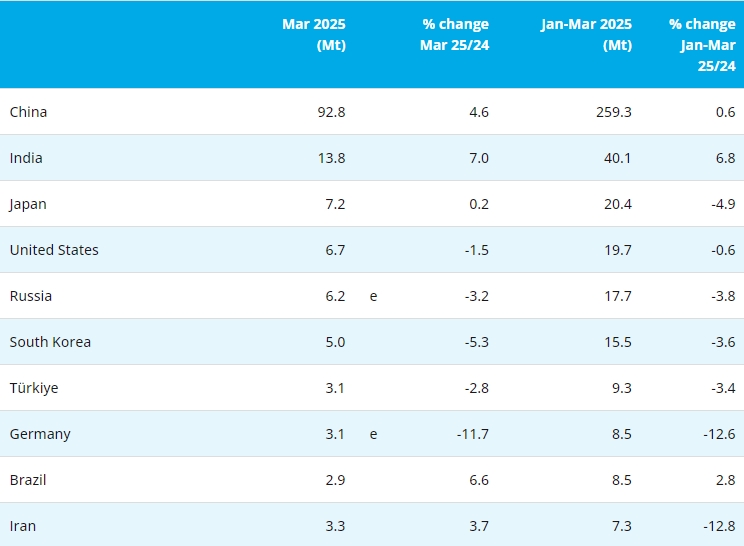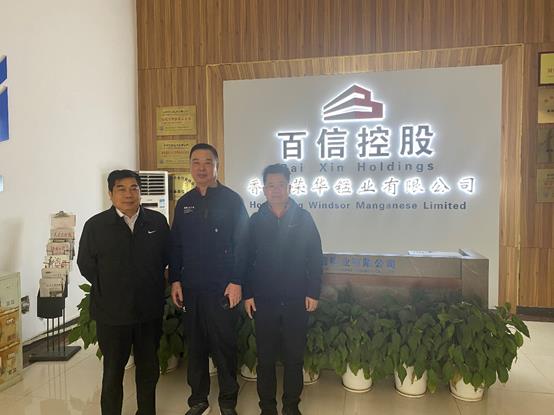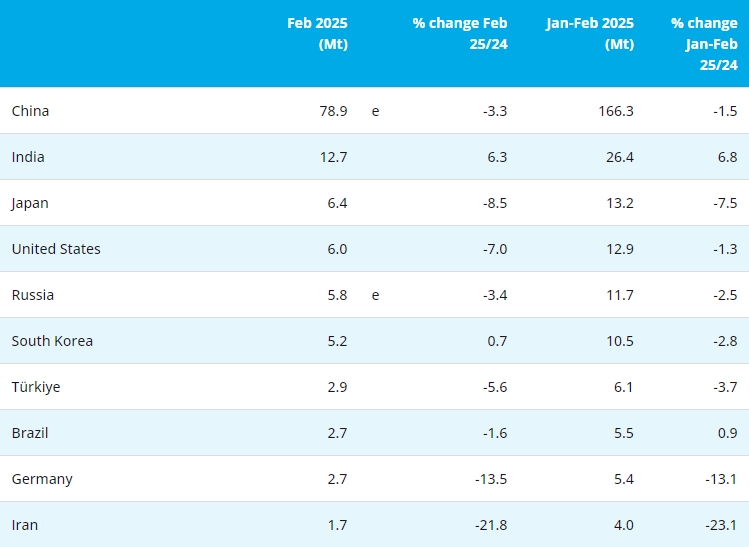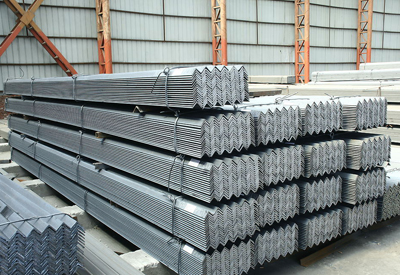
【Ferro-alloys.com】: Indonesia’s mining sector plays a pivotal role in the country’s economic future. The Prabowo-Gibran administration has set a target of 8% economic growth over the next five years, with downstreaming as a central strategy to achieve this goal.
By processing raw materials domestically, Indonesia can add value to its resources, boost its GDP, and create new job opportunities. For this transformation to succeed, attracting foreign investment is essential, as it will provide the necessary capital to build infrastructure and adopt advanced technologies.
Investment Opportunities in Indonesia’s Mining Sector
To achieve the ambitious 8% economic growth target, Indonesia’s mining sector requires significant investment, particularly in downstreaming.
As reported by rm.id, Minister of Energy and Mineral Resources, Bahlil Lahadalia, highlighted the scale of investment needed, stating, “For the needs of downstreaming as an instrument for the largest economic growth, covering 91 percent of 28 commodities, we require a total investment of 618 billion US dollars by 2035-2040.”
He further added, “Of that figure, about 91 percent is under the Ministry of Energy and Mineral Resources, Mining and energy resources make up the largest share.” Bahlil also mentioned that Indonesia has substantial natural resource potential, with nickel reserves being among the largest globally, covering 40-45 percent of the world’s total nickel reserves.
President Prabowo Subianto has been actively encouraging investment, inviting business players from the Pacific region to invest in Indonesia’s vast economic potential, particularly in sectors such as fisheries, aquaculture, and mineral processing.
With a strategic focus on downstreaming, Indonesia aims to transform raw materials into high-value products, creating significant growth opportunities. Attracting International Investors will be crucial to achieving this transformation and boosting Indonesia’s economy.
Downstream Industry Growth Through Mining
Downstreaming is a critical strategy for unlocking the full potential of Indonesia’s mining sector. By processing raw materials domestically, the country can create higher-value products that are more competitive in global markets.
This shift not only boosts the economy but also drives industrialization and job creation. For example, by developing mineral processing capabilities, Indonesia can reduce its reliance on exports of raw commodities and move up the value chain. This transformation will foster innovation, improve infrastructure, and promote sustainable growth across multiple sectors.
Moreover, as the government focuses on downstream industries, the mining sector will become a central pillar of Indonesia’s broader economic strategy, enhancing both export revenues and domestic economic stability.
The success of this initiative will depend largely on attracting significant foreign investment to build the necessary infrastructure and adopt advanced technologies.
How Indonesia Mining Sector Growth Fuels Economic Expansion
Indonesia’s mining sector is poised to play a key role in achieving the government’s ambitious target of 8% economic growth. As one of the world’s largest producers of vital commodities like nickel, coal, and copper, the sector directly impacts the country’s GDP by generating revenue and creating jobs.
The growth of downstream industries, such as mineral processing and manufacturing, will further amplify these effects, contributing to industrial diversification and technological advancement. By transforming raw materials into high-value products, Indonesia can significantly increase its export revenues and reduce reliance on commodity exports.
This transformation also supports other sectors, such as infrastructure development, energy, and manufacturing, creating a multiplier effect that benefits the broader economy. The success of this growth hinges on attracting both foreign and domestic investments, which will provide the capital needed to improve infrastructure, enhance productivity, and adopt advanced technologies.
Challenges and Future Outlook for Indonesia’s Mining Sector
Indonesia’s mining sector faces several challenges that could hinder its growth. Regulatory uncertainty, infrastructure limitations, and environmental concerns need to be addressed to attract foreign investment and promote sustainable development.
Additionally, downstreaming requires advanced technologies and skilled labor, which are still in short supply. Despite these obstacles, Indonesia’s mining potential remains vast, with its resources offering significant opportunities for economic growth.
By improving policies, streamlining regulations, and investing in infrastructure, Indonesia can overcome these challenges. With the right strategies, the mining sector can contribute to industrial diversification, boost export revenues, and help the country achieve its target of 8% economic growth, positioning Indonesia as a global leader in resource processing.
- [Editor:Alakay]



 Save
Save Print
Print Daily News
Daily News Research
Research Magazine
Magazine Company Database
Company Database Customized Database
Customized Database Conferences
Conferences Advertisement
Advertisement Trade
Trade










 Online inquiry
Online inquiry Contact
Contact

Tell Us What You Think